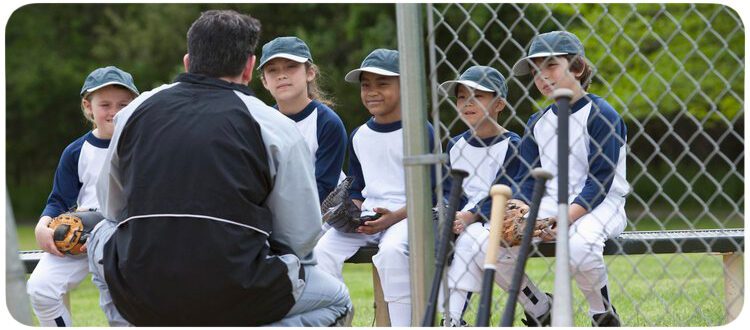Tips for Coaching 6-8 Year-Olds
Athletic skill and knowledge aren’t the only things that change as a child gets older. Their attitude and perception of themselves and the world around them also change as they grow. Coaches working with 6- to 8-year-olds should understand this and be prepared to handle the changes in maturity, attitude and skill, according to Dr. Barb Schaefer, Ph.D.
Schaefer got her doctorate in school, community and clinical child psychology and is now an associate professor at Penn State. She was a three-sport athlete at Swarthmore College outside Philadelphia and remains active in community volleyball leagues and karate.
Schaefer outlined some coaching tips for working with 6- to 8-year-olds.
First, Remember Children in this Age Group:
- Are often enthusiastic about learning and highly motivated to please others, including parents, teachers and coaches. Their attitudes, values and perceptions of themselves take shape and expand.
- Are fairly concrete in their thinking. Focus on improvement and help them to see how they are improving rather than comparing themselves to the “star” on the team.
In addition, here are 17 tips for coaching kids in this age group.
1. Keep the fun alive in practice and games. Be prepared to shift gears every 15-20 minutes.
2. Maintain 5:1 positive to corrective feedback during practice, after practices and games.
3. Make sure all kids get to play every position. They should all get a chance to touch the ball. Safety considerations can trump this.
4. Emphasize fair play and being a good sport. You should address anything on your team or the other team directly and immediately. For example, making sure all players shake hands even if they’re mad they lost.
5. Rotate all subs fairly. The kids are aware of the messages being sent when the coach’s kid never comes out. Parents definitely notice. Kids who don’t get as many opportunities to play in games get less feedback and practice with skills, so there is less opportunity to learn and improve.
6. Be aware of children’s fear of failure and of being left out of groups. Actively work to counter these concerns.
7. Celebrate individual progress. Better able to delay gratification.
8. Warm up properly.
9. Once you teach them a routine, have players take turns leading warmups.
10. Do simple body weight exercises (pushups, squats) to build strength.
11. Teach specific skills in a logical order. Teach piece by piece. Allow time for questions.
12. Plan out practices to build on these skills sequentially across the season.
13. If some kids are more advanced, teach them all the more advanced skills. Some will get it and some won’t.
14. Make it clear to parents what you expect their behavior to be. No screaming at your kid or the ref. Kids should look to coaches first. Don’t let parents’ egos get in the way of kids’ fun.
15. Introduce simple plays. Explain in ways for the kids to remember what to do. For example, for a basketball inbounds play: stack like a PBJ sandwich, bread flies out of the toaster away from basket, peanut butter sticks/goes to basket, jelly oozes down to the ball.
16. Work with parents of kids with special physical or cognitive needs to include them and make accommodations as needed. Pair up or triple up all players with buddies for each practice to work together and help each other learn. Rotate and mix combinations each week.
17. Find an inexpensive way to celebrate the end of the season together. For example, water balloons thrown at coaches or an ice cream outing. Another idea is go watch the local middle or junior high team play.


